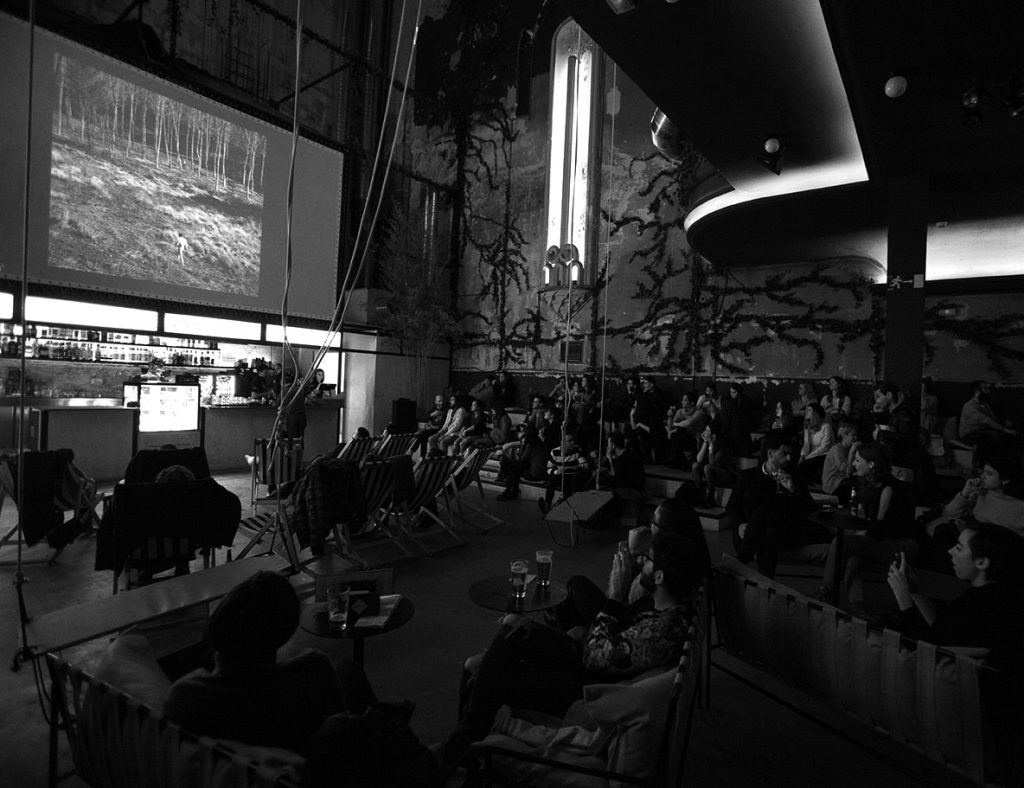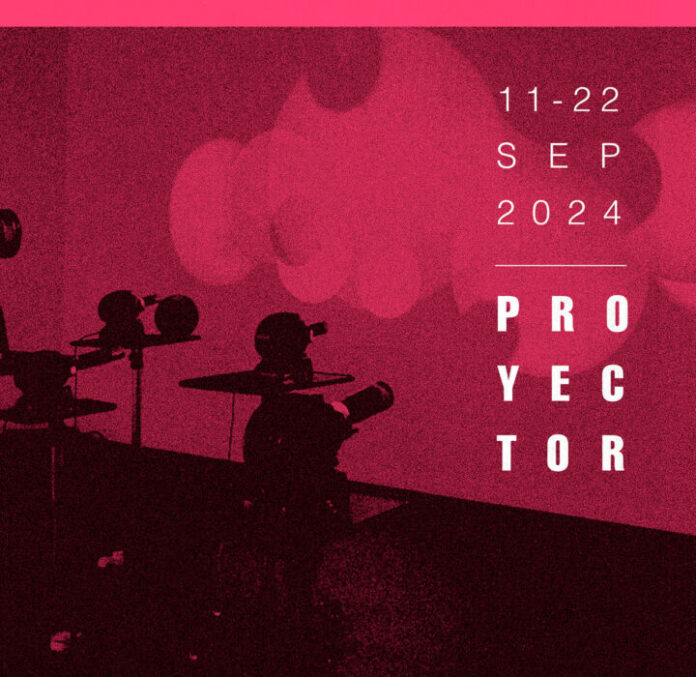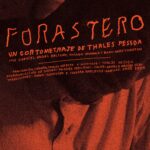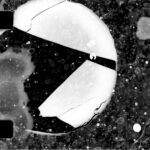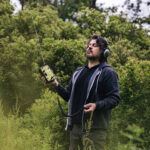Sala Equis
The memory of others. Remembrance, family and archive
Just as traits circulate through genetic memory and are inherited through generations, family memory uses any detail to revive its raison d’être. An album of photographs, a postcard on which dust accumulates, a videotape played on a television set; a gesture learned, another gesture inherited; the emptiness occupied by the silence and the sound of a beloved relative… All this, in addition to the theme of memory, that of family circles and the political environment that surrounds them, are present in the four works presented in the framework of PROYECTOR, in its 2024 edition, for the Sala Equis in Madrid.
At a specific moment in the piece 1976: Search for Life (2023) by the Dutch artist Tess Martin, the camera approaches with a certain caution an analogue television that broadcasts the images of NASA’s Viking lander on the surface of Mars. A voiceover explains to the imaginary viewer (1970s and contemporary) the main objective of the mission: to find life on the surface of the red planet. However, it adds a second clause: to understand the evolution of the past in order to predict what will happen in the future. It is the same pretext that leads Martin to explore the journey of a first-time father on Scottish roads, the homeland of his son’s father. The narrator’s voice brings back to life the words inscribed in her father’s diary, year 76, as a series of archive postcards intrude and interrupt the images of fixed places in a sort of continuous present. The aim: to interrogate the family past in order to understand what has happened.
For its part, the revelation of memory through a meta-narrative mirror game is the main motif of Maternal bond (2023). Tsai Yu Ting uses the conversation between three generations, grandmother, mother and grandson, to explore the failures of a festering memory that is only revived through mask and invention (the mask of the green chroma, of the recreation of the family photograph and of make-up and resemblances). Maternal bond is conceived as an exploration of the bonds and memory of the physical features embodied in the minute details of the skin. The pencil in the corner of the eye, the depth of the expression of the gaze, the impassive arch of an eyebrow or the pale grimace of a shy smile reveal resemblances that bring together different generations on a common memory.
In another sense, the fine and subtle passage from the private to the public, from memory to history and from filial memory to another kind of family memory, run through the streets of the city through the gaze of both Thales Pessoa and Enrique Ramírez. In the first case, Pessoa crosses in Forastero (2022) the testimonies of three strangers who wander through the night. Their stories, full of experiences that discuss violence, acquire meaning as they interweave in the anonymity of the city.
In the second, Brises (2008), by Enrique Ramírez, a sequential journey is proposed through the familiar understood as close, similar or one’s own. The slow walking of an almost automated body that strolls along the avenues of Santiago de Chile embodies the dichotomy of wandering in a specific direction. That is, recovering the political memory of the dictatorship, settled on emblematic buildings such as the Palacio de la Moneda or the Plaza de la Ciudadanía, at the same time as the fences that hinder its access speak to us of the very materialisation of its oblivion.
Text: Luis Cemillán Casis

